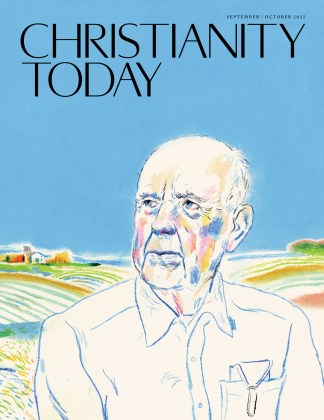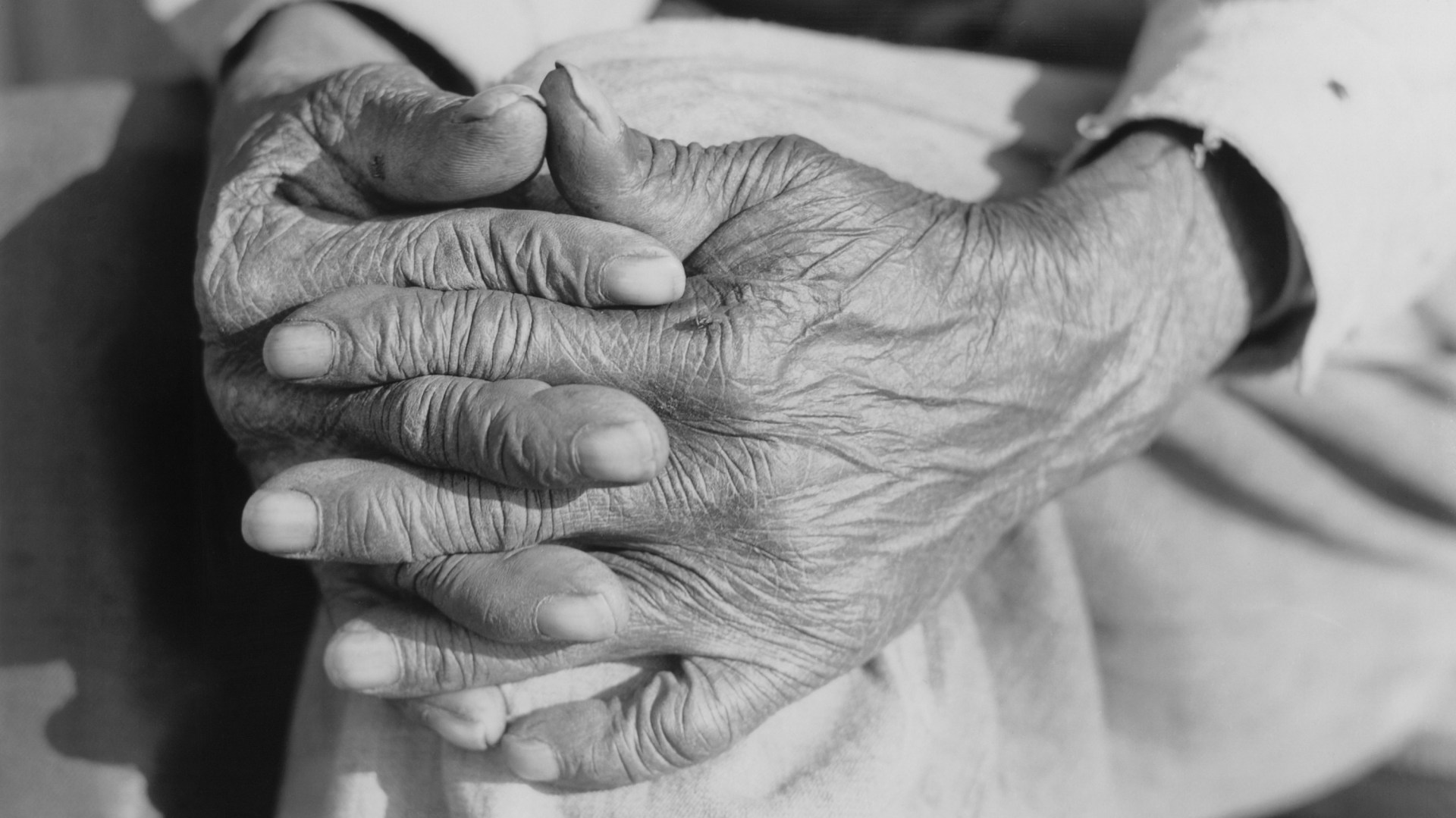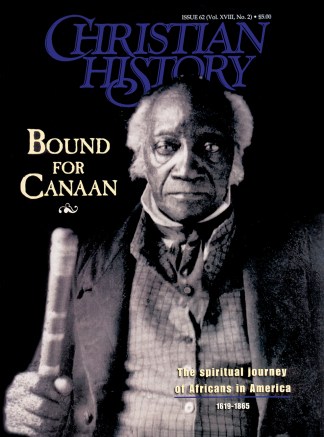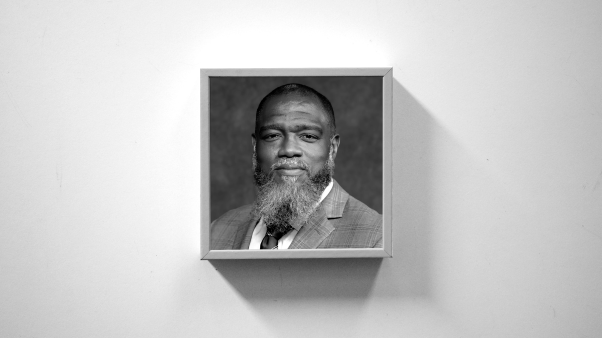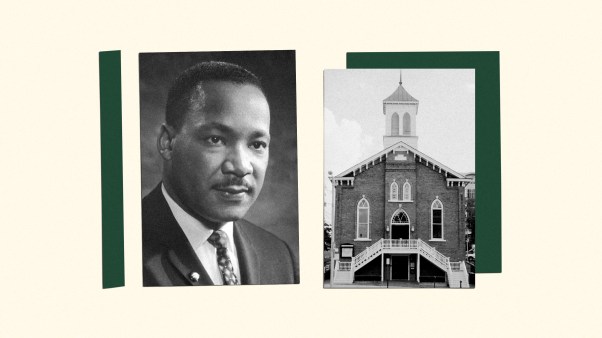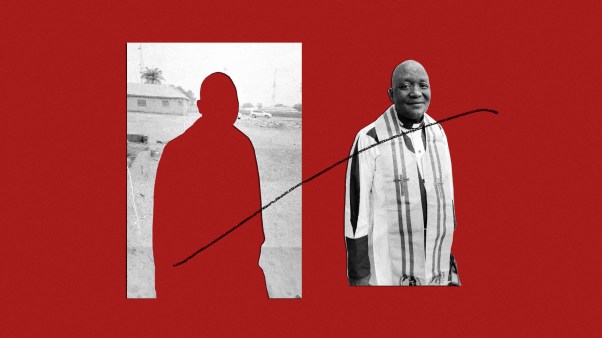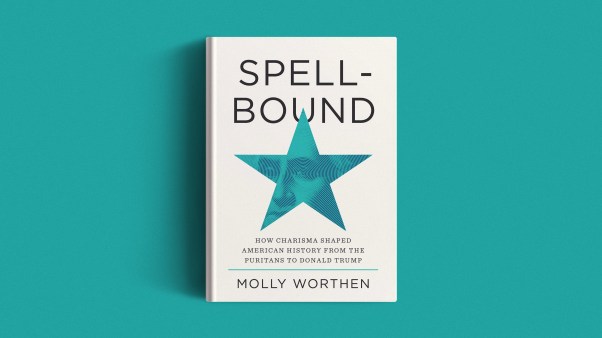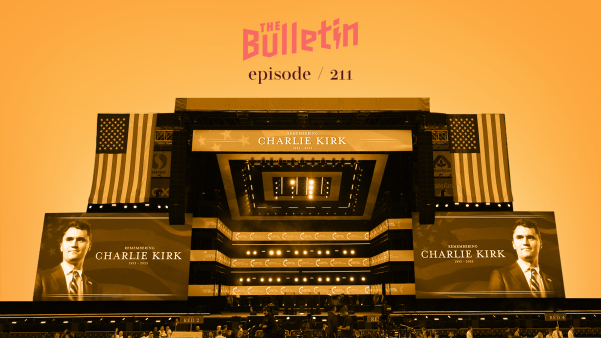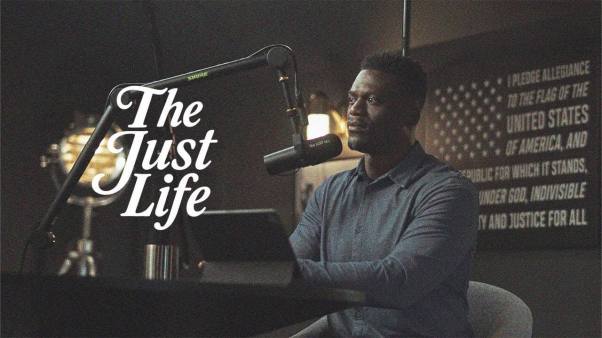Mr. Young [a devout Methodist] never was known to flog one of his slaves or sell one. He fed and clothed them well and never overworked them. He allowed each family a small house to themselves with a little garden spot whereon to raise their own vegetables; and a part of the day on Saturdays was allowed them to cultivate it.
In time, he became deeply involved in debt, and his property was all advertised to be sold by the sheriff at public auction. It consisted of slaves, many of whom were his brothers and sisters in the [local Methodist] church.
The first man offered on the block was an old gray-headed slave by the name of Richard. When they had bid him up to 70 or 80 dollars, one of the bidders asked Mr. Young what he could do, as he looked very old and infirm? Mr. Young replied by saying, "He is not able to accomplish much manual labor, from his extreme age and hard labor in early life. Yet I would rather have him than many of those who are young and vigorous; who are able to perform twice as much labor because I know him to be faithful and trustworthy, a Christian in good standing in my church. I can trust him anywhere with confidence."
This giving him a good Christian character caused them to run him up to near two hundred dollars. His poor old companion [his wife] stood by weeping and pleading that they might not be separated. But the marriage relation was soon dissolved by the sale, and they were separated never to meet again.
After the men were all sold they then sold the women and children. They ordered the first woman to lay down her child and mount the auction block; she refused to give up her little one and clung to it as long as she could while the cruel lash was applied to her back for disobedience. She pleaded for mercy in the name of God. But the child was torn from the arms of its mother amid the most heart-rending shrieks from the mother and child on the one hand, and bitter oaths and cruel lashes from the tyrants on the other. In this way the sale was carried on from beginning to end.
There was each speculator with his handcuffs to bind his victims after the sale, and while they were doing their writings, the Christian portion of the slaves asked permission to kneel in prayer. While bathing each other with tears of sorrow on the verge of their final separation, their eloquent appeals in prayer to the Most High seemed to cause an unpleasant sensation upon the ears of their tyrants. They were soon raised from their knees by the sound of the lash, and the rattle of the chains, in which they were soon taken off by their respective master—husbands from wives, and children from parents, never expecting to meet until the judgment of the great day.
Having thus tried to show the best side of slavery that I can conceive of, the reader can exercise his own judgment in deciding whether a man can be a Bible Christian and yet hold his Christian brethren as property, so that they may be sold at any time in market, as sheep or oxen, to pay his debts.
Henry Bibb (1815-1854), a fugitive slave, became a leading abolitionist. This selection is a condensed excerpt from his 1849 Narrative of the Life and Adventures of an American Slave.
Copyright © 1999 by the author or Christianity Today/Christian History Magazine. Click here for reprint information on Christian History.
